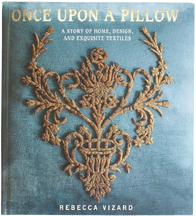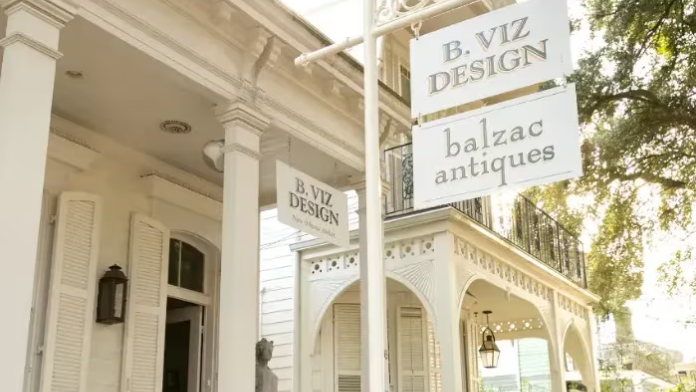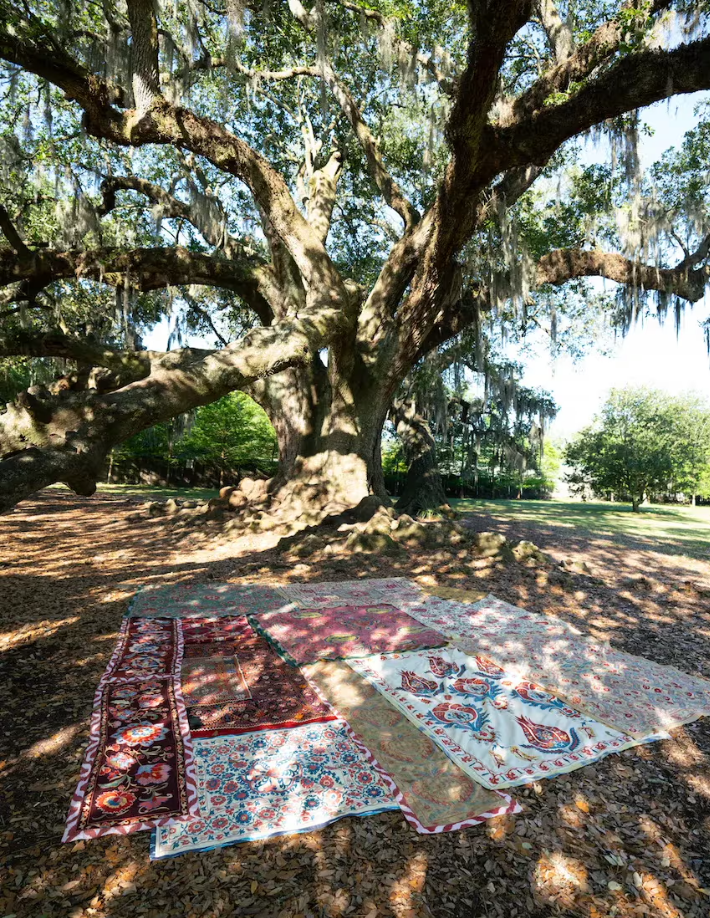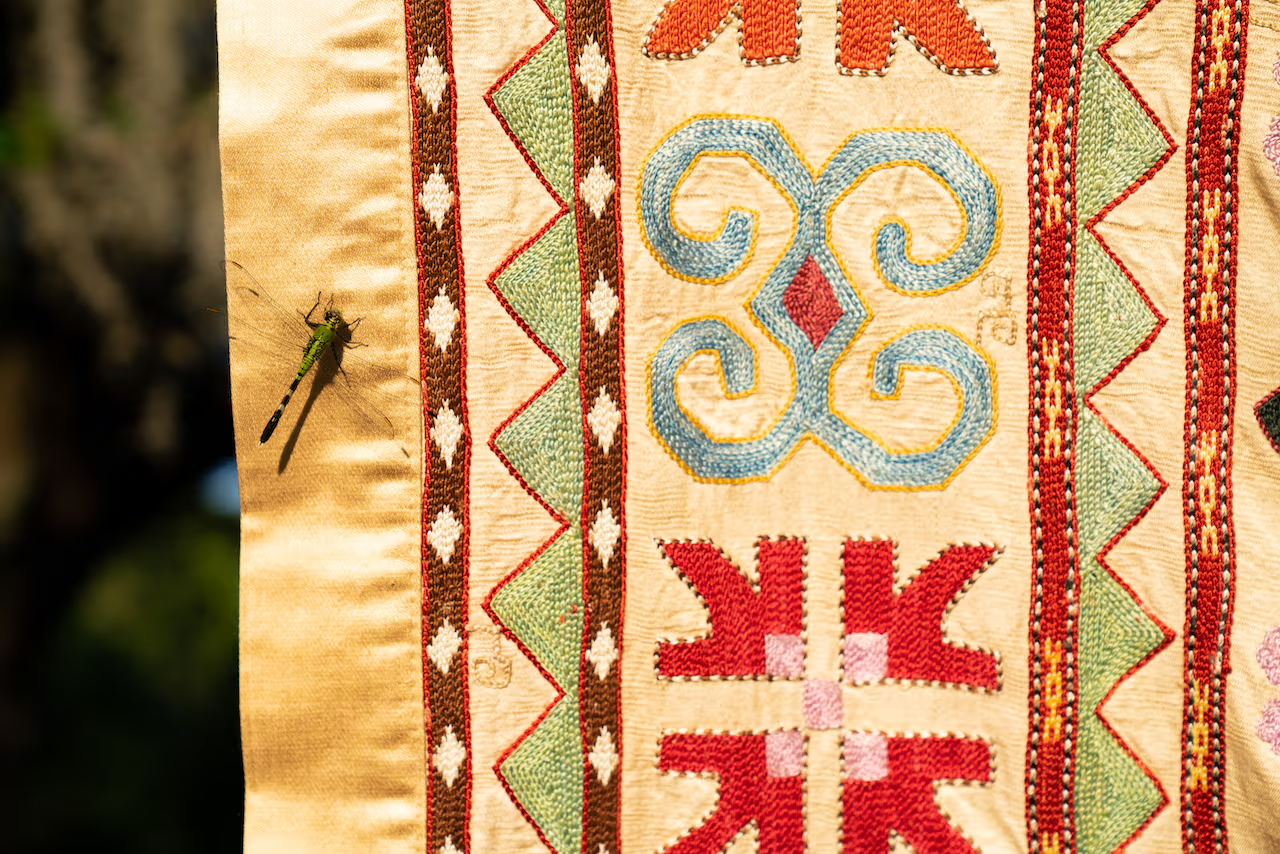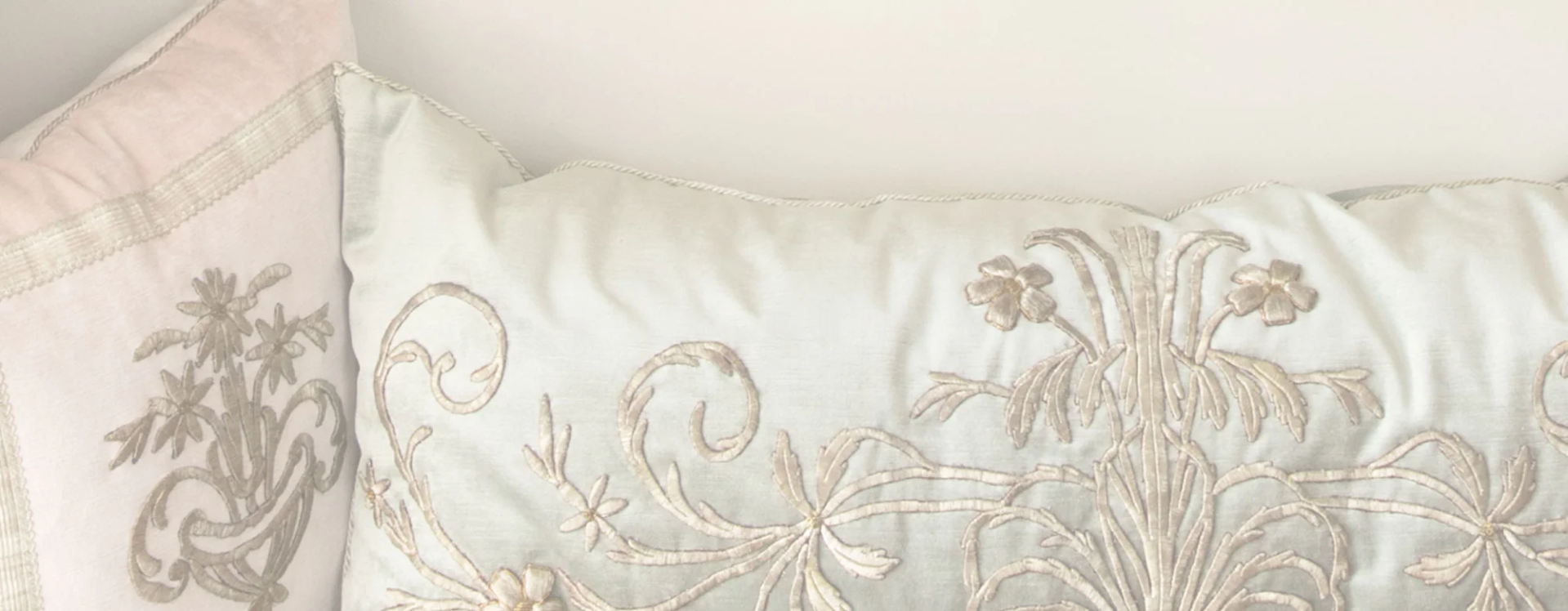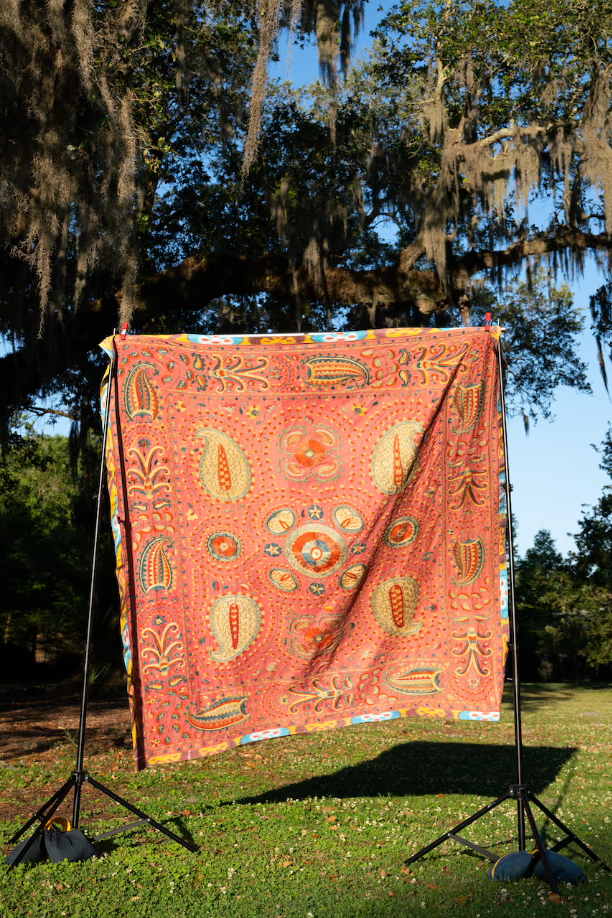
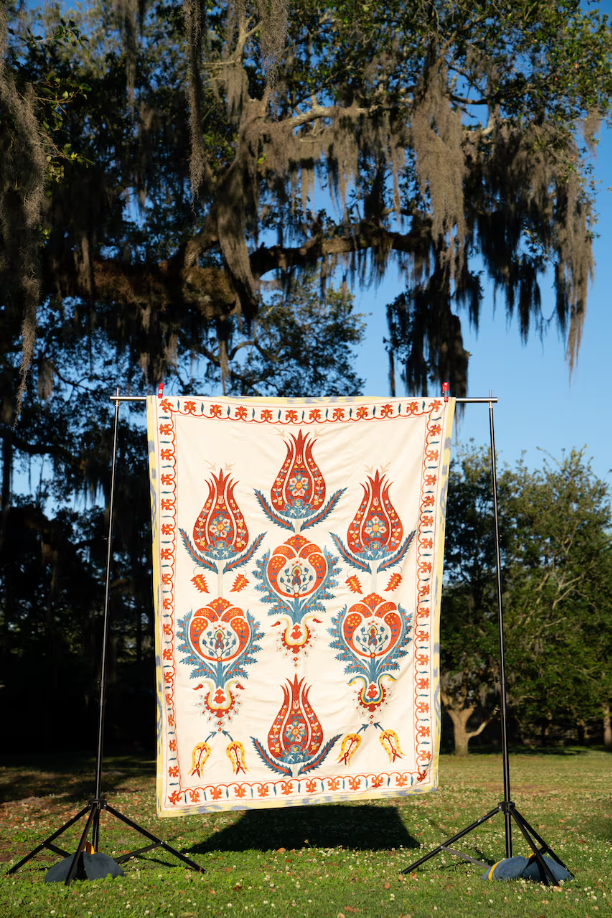
Textile Spotlight: Suzani
Hailing from Central Asian countries such as Uzbekistan, Tajikistan, and Kazakhstan, the word “suzani” comes from the Persian term for needle.

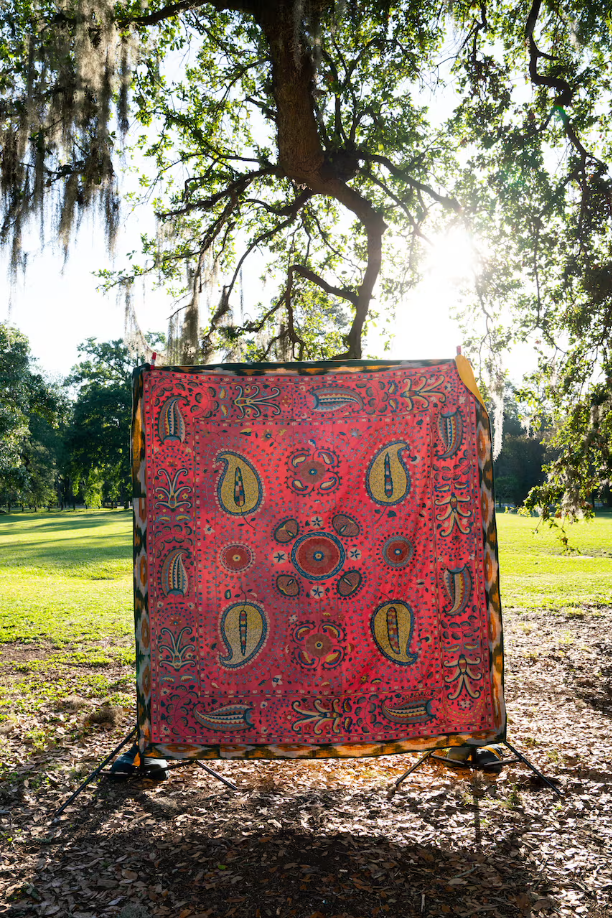
Traditionally completed by female members of a family, the construction of a suzani typically begins with the birth of a daughter. Strips of fabric, often cotton or silk, are loosely sewn together for an artist to sketch an overall design.
Once the artist has completed their work, the textile is disassembled and dispersed amongst individuals so they may hand embroider each section. As the portions are completed the textile is sewn back together. The show stopping final result was considered part of the daughter’s dowry and used to decorate for weddings and celebrations.
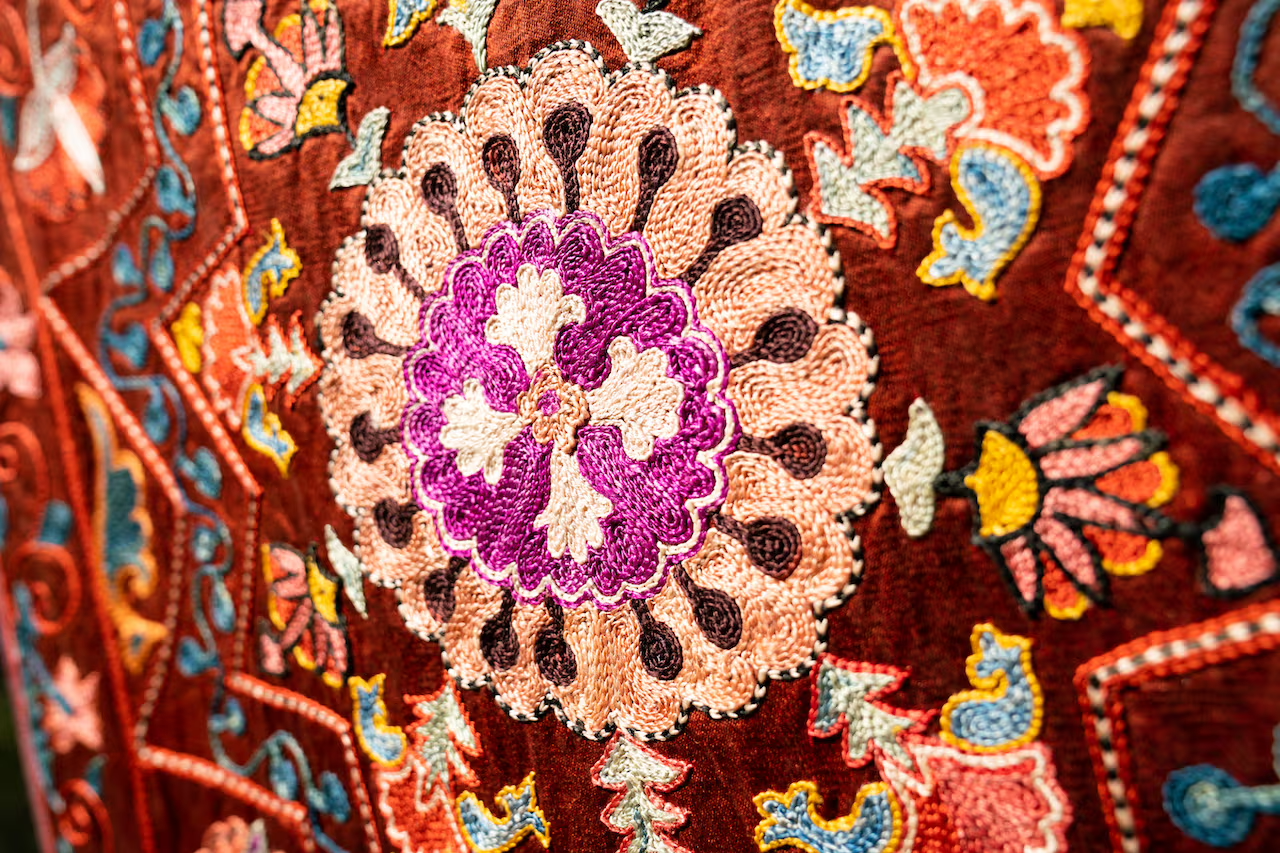
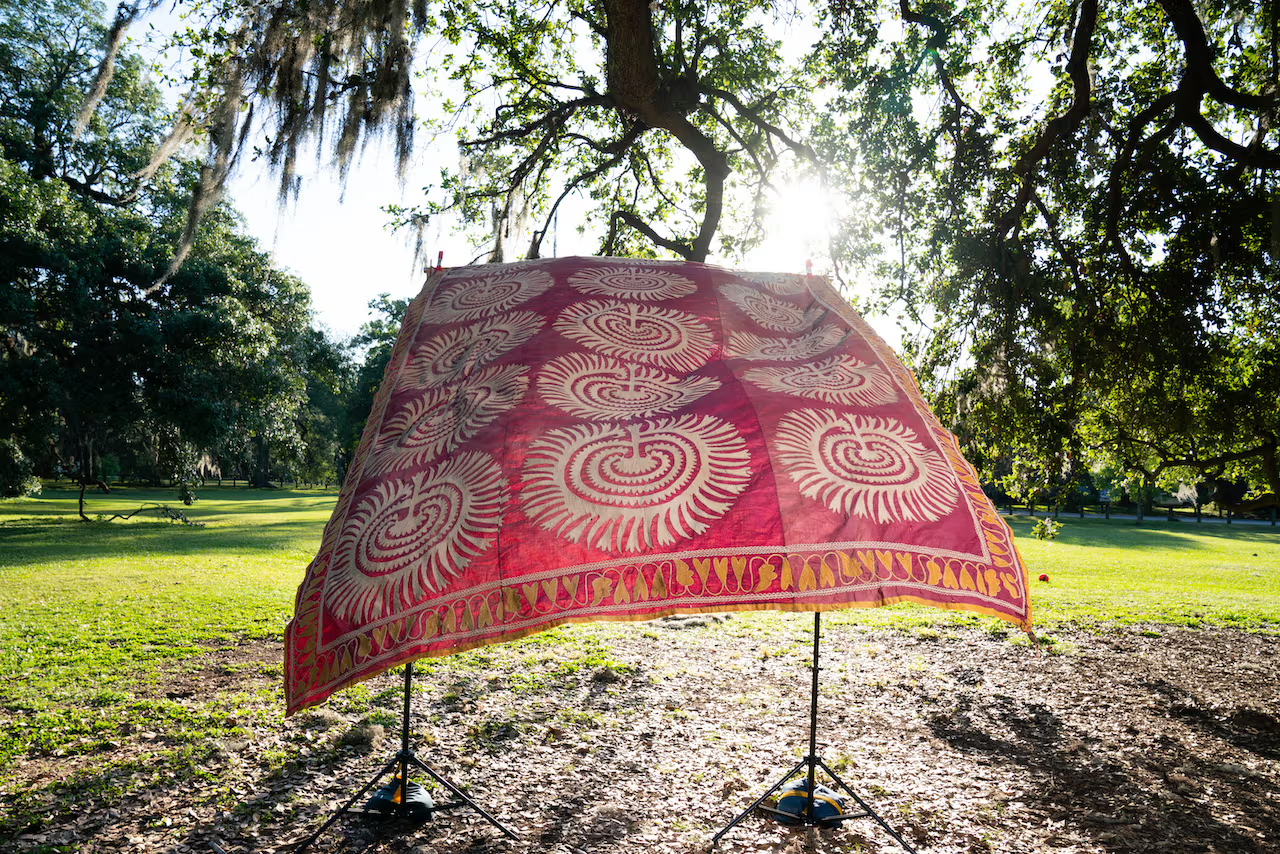
“Often the stitches did not match perfectly at the seam or the dye lots for the threads were slightly off. These imperfections make me smile and think of the hands - from grandmother to child - who played a part in the existence of each suzani.”
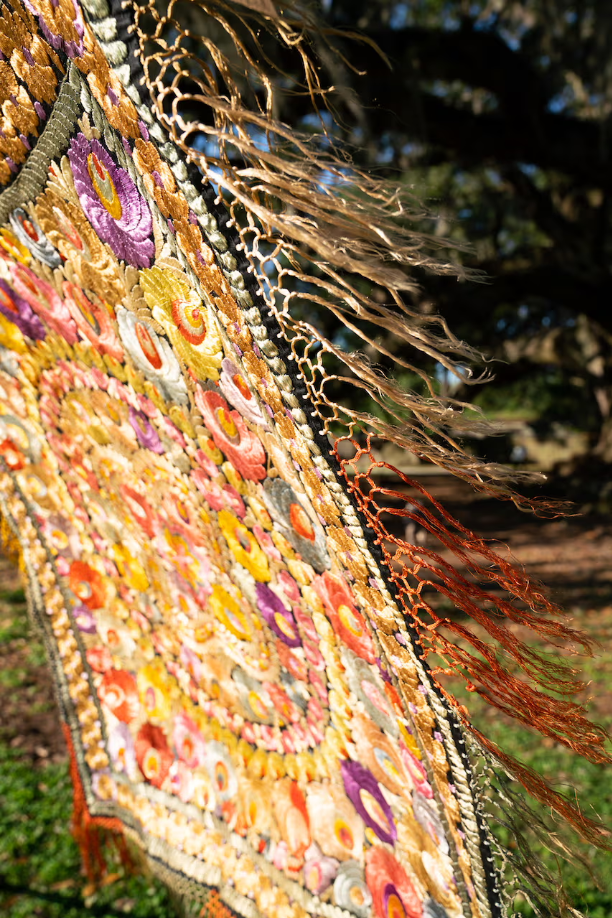

Older, hand-stitched suzanis have become increasingly rare and are a treasure find. We do our best to preserve these precious textiles and often apply a backing to ensure its integrity. For found fragments or torn suzanis, we repurpose what we can to make pillows that capture the spirit of the original piece.
The early tradition of creating beautiful and colorful suzanis has fortunately survived in Central Asian culture. New hand and machine stitched pieces are still being created today by talented artisans. We are thrilled be offering a collection of the best Uzbek hand craftsmanship I have ever seen.
"I love suzanis not only because of the beautiful tradition of women coming together across generations - just like my mom and me! - but also because each suzani is as unique and colorful as the individuals who create them."
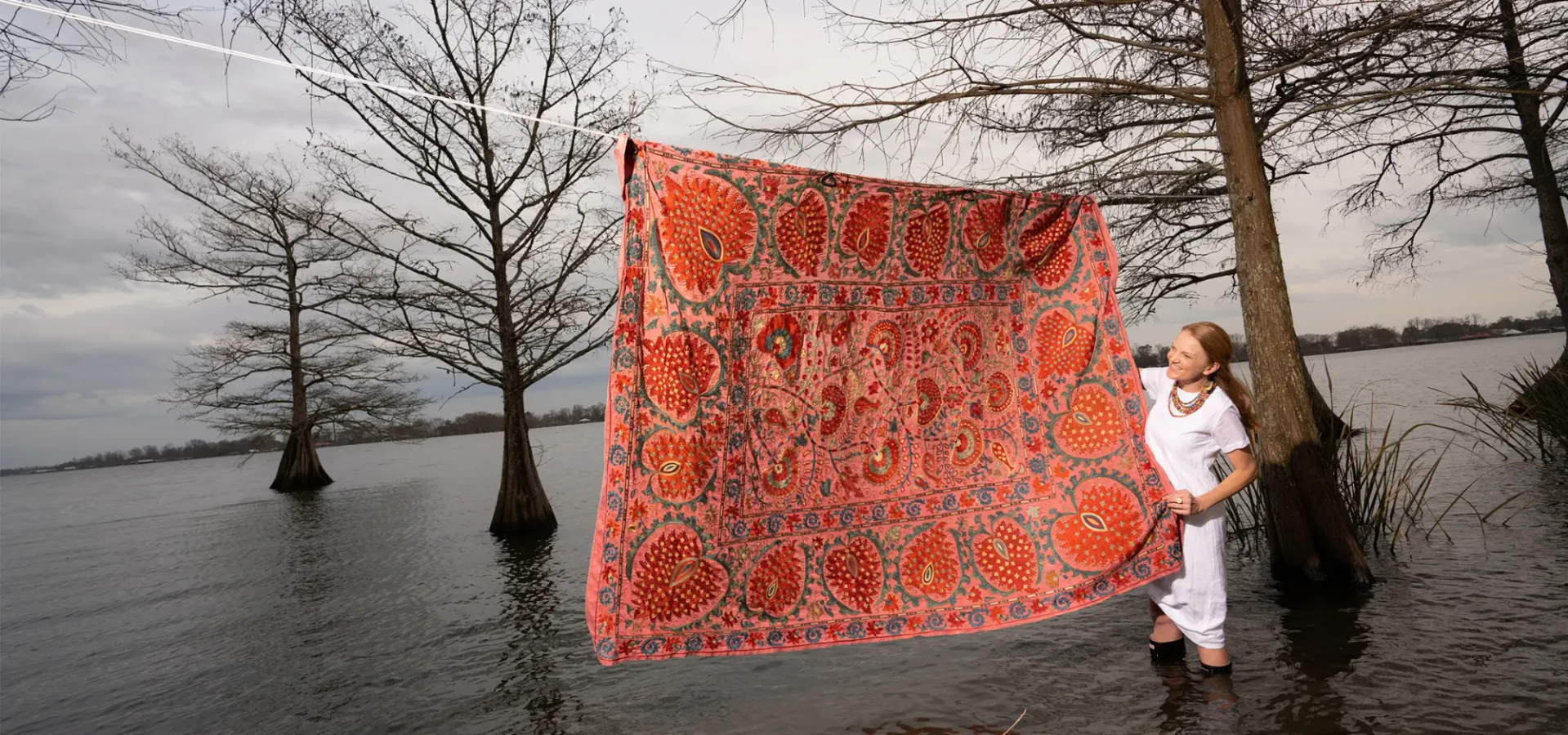
Browse our collection of antique and vintage suzanis.

